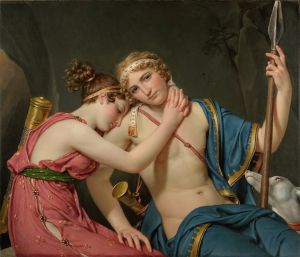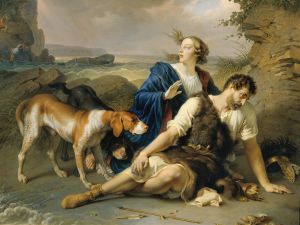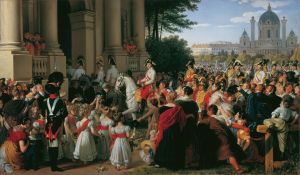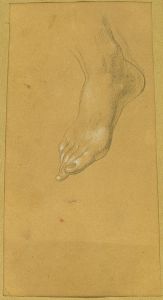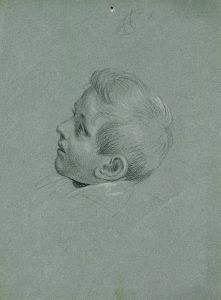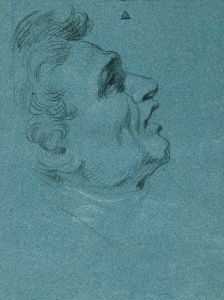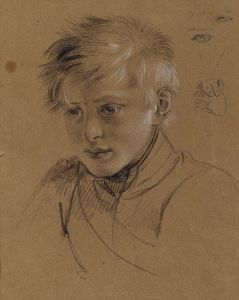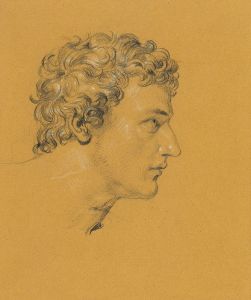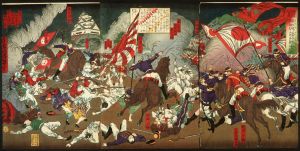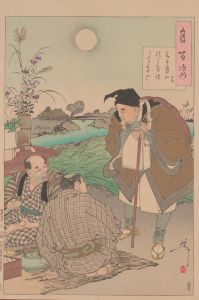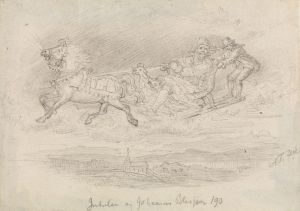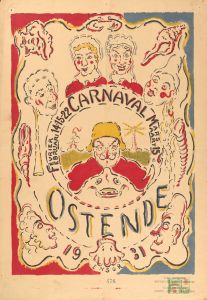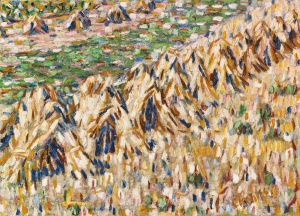
Handstudien zur ‘Szene aus dem Tiroler Freiheitskampf’
A hand-painted replica of Johann Peter Krafft’s masterpiece Handstudien zur ‘Szene aus dem Tiroler Freiheitskampf’, meticulously crafted by professional artists to capture the true essence of the original. Each piece is created with museum-quality canvas and rare mineral pigments, carefully painted by experienced artists with delicate brushstrokes and rich, layered colors to perfectly recreate the texture of the original artwork. Unlike machine-printed reproductions, this hand-painted version brings the painting to life, infused with the artist’s emotions and skill in every stroke. Whether for personal collection or home decoration, it instantly elevates the artistic atmosphere of any space.
Johann Peter Krafft was an Austrian painter known for his historical and genre scenes, which often depicted significant events and figures from European history. One of his notable works is "Handstudien zur ‘Szene aus dem Tiroler Freiheitskampf’," which translates to "Hand Studies for 'Scene from the Tyrolean War of Independence'." This piece is a preparatory study for a larger work that Krafft was planning or executing, focusing on the Tyrolean Rebellion against Napoleonic forces in the early 19th century.
The Tyrolean Rebellion, also known as the Tyrolean War of Independence, took place in 1809 when the Tyrolean people, led by Andreas Hofer, rose against the Bavarian government imposed by Napoleon. This conflict was part of the larger War of the Fifth Coalition, where Austria and the United Kingdom opposed Napoleonic France and its allies. The rebellion was characterized by the Tyrolean militia's use of guerrilla tactics and their deep knowledge of the mountainous terrain, which initially allowed them to achieve several victories against the occupying forces.
Krafft's interest in this subject reflects the broader Romantic movement's fascination with nationalism and the heroism of common people. His work often aimed to capture the emotional intensity and drama of historical events, and his studies of hands for this particular scene suggest a focus on the expressive potential of gesture. Hands in art can convey a wide range of emotions and actions, from defiance and struggle to unity and strength, which would have been central themes in a depiction of the Tyrolean Rebellion.
The "Handstudien" would have been part of Krafft's process in developing a composition that accurately and powerfully conveyed the narrative he intended to portray. Artists of his time commonly created detailed studies of individual elements, such as hands, faces, or drapery, to ensure that the final work was both technically proficient and emotionally resonant. These studies were crucial for capturing the nuances of human expression and movement, which are essential in historical painting.
While the specific details of the final composition for which these hand studies were intended are not widely documented, Krafft's body of work suggests that it would have been a dynamic and carefully constructed scene. His paintings often featured a strong sense of movement and a keen attention to the interplay of light and shadow, which helped to heighten the drama of the scenes he depicted.
Krafft's contributions to art were recognized during his lifetime, and he held several prestigious positions, including that of a professor and director at the Academy of Fine Arts in Vienna. His works remain significant for their historical content and their embodiment of the Romantic spirit, which celebrated the power and passion of human endeavors.
In summary, "Handstudien zur ‘Szene aus dem Tiroler Freiheitskampf’" by Johann Peter Krafft represents a preparatory step in the creation of a larger historical painting. Through his detailed studies, Krafft aimed to capture the essence of the Tyrolean Rebellion, focusing on the expressive potential of human hands to convey the struggle and spirit of the people involved in this significant historical event.





